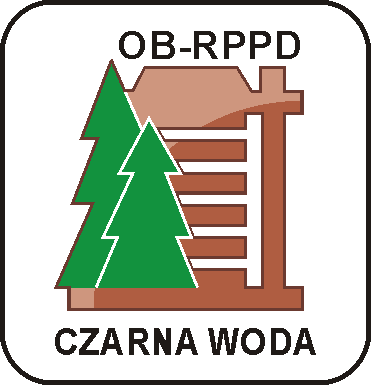
-
Bulletin
Research & Develpoment Centrefor Wood-Based Panels in Czarna Woda
Low density particleboards with the addition of expanded rice
Piotr Borysiuk, Radosław Auriga, Mikołaj Płatkowski
- Abstract
- Article full text in English
Low-density particleboards are one of the directions of development of traditional particleboards. One of the methods of reducing the density of standard particleboards is to combine traditional wood raw material with other materials. The aim of this study was to determine the effect of the addition of expanded rice particles on selected physical and mechanical properties of 3-layer low-density particleboards. The scope of work included the production of boards with 10%, 15% and 20% rice content in the inner layer and a reference board (without rice addition). For the produced particleboards, the density, density profile, MOR, MOE, IB, as well as swelling in thickness and water absorption 2 h and 24 h after soaking in water were determined. The conducted tests allowed to conclude that expanded rice can be used as a filler for the core layer of lightweight particleboards, while the share of expanded rice above 10% causes a decrease in mechanical properties. In addition, the increase in the share of expanded rice in the core layer of particleboards increases their water absorption and swelling after soaking in water. Boards with its addition are not suitable for use in conditions of increased humidity.




